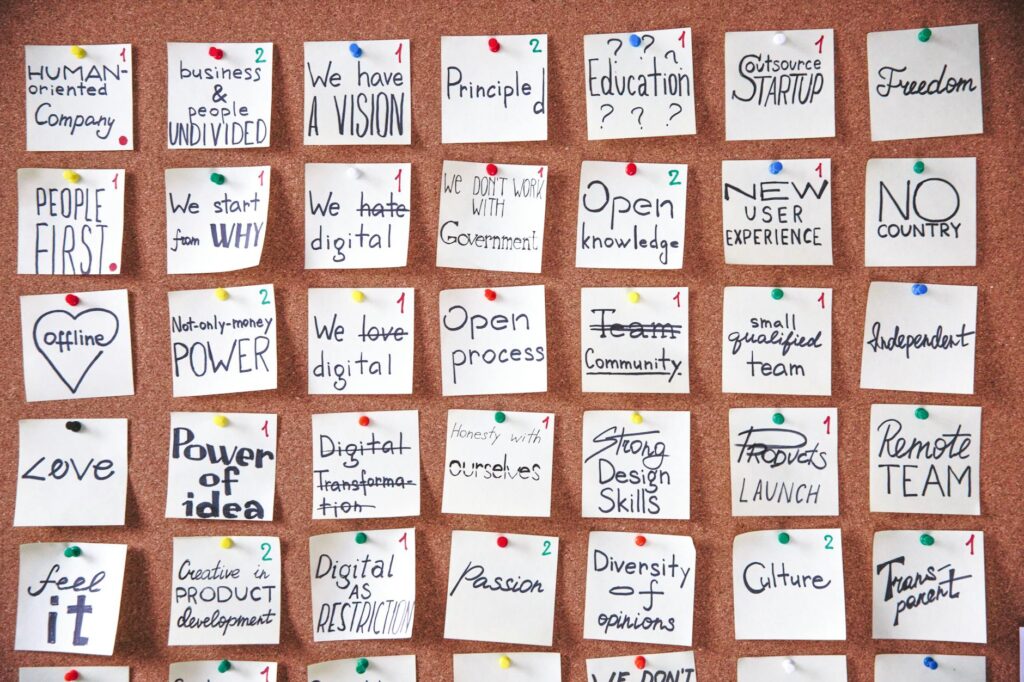What is distraction management?

What is distraction management?
In today’s fast-paced world, managing distractions has become an essential skill for maintaining productivity, focus, and overall well-being. Distraction management refers to the strategies and techniques used to minimize interruptions and enhance concentration, whether in personal life or professional settings. As we juggle various tasks and responsibilities, distractions can easily derail our focus, impacting our effectiveness and satisfaction. Understanding the nature of distractions and how to manage them can significantly improve our daily lives.
Understanding Distraction
Distraction is the process of diverting attention away from the task at hand. It can stem from various psychological and environmental triggers. Internally, distractions may arise from racing thoughts, anxiety, or emotional turmoil. Externally, they can be caused by noise, notifications, or even the presence of other people. Recognizing these triggers is the first step toward effective distraction management.
Types of Distractions
Distractions can be categorized into two primary types: internal and external.
-
Internal Distractions: These include wandering thoughts, daydreaming, and fluctuating emotions that pull our focus away from the task. For example, if you’re working on a report but keep thinking about a conversation you had earlier, that’s an internal distraction.
-
External Distractions: These come from our environment and can include phone notifications, background noise, or even social media updates. Imagine trying to concentrate on a project while your phone buzzes with constant alerts; this is the impact of external distractions.
Understanding these types helps you identify what specifically disrupts your focus, allowing you to tailor your distraction management strategies effectively.
The Impact of Distractions on Productivity
Distractions have a profound effect on our productivity. Studies show that even small interruptions can derail our focus, leading to significant time loss. For instance, research indicates that employees lose about 720 hours a year due to workplace distractions, translating to nearly a full month of lost productivity. Moreover, distractions can reduce the quality of work, causing increased error rates and missed deadlines. For more insights on these statistics, check out this article from Clockify.
Techniques for Effective Distraction Management
Managing distractions requires practical strategies that can be implemented in both work and study environments. Here are several effective techniques to consider:
Setting Clear Goals
One of the most effective ways to combat distractions is by setting SMART goals: Specific, Measurable, Achievable, Relevant, and Time-bound. Having clear objectives keeps you focused on your tasks. For instance, instead of saying, “I’ll work on my project,” you could say, “I’ll complete the first draft of my project by 3 PM today.” Such clarity creates a roadmap for your tasks, reducing the likelihood of being sidetracked.
To learn more about setting SMART goals, refer to this guide on Mind Tools.
Using Technology Wisely
Technology can be both a distraction and a tool for focus. Numerous apps and tools are available that enable you to block notifications or limit time spent on distracting websites. Tools like Freedom or StayFocusd can help you create a distraction-free digital environment. By using technology wisely, you can enhance your concentration and productivity.
Additionally, explore Harvard Business Review’s strategies for overcoming distraction and reclaiming your attention.
Creating a Productive Environment
The design of your workspace has a significant impact on your ability to concentrate. A cluttered or noisy environment can lead to increased distractions. Aim to create a workspace that promotes focus:
- Remove unnecessary clutter from your desk.
- Use noise-canceling headphones or play soft background music to drown out distractions.
- Consider natural lighting and comfortable seating to enhance your work atmosphere.
These adjustments can lead to a more productive environment, minimizing interruptions and helping you stay on task.

Photo by Polina Zimmerman
Developing a Distraction Management Plan
Creating a personalized distraction management plan can significantly enhance your focus. Here’s how to get started.
Identifying Personal Distractions
The first step in developing your plan is to recognize the specific distractions that affect you. Keep track of when you lose focus: is it during phone calls, after reading emails, or perhaps while scrolling through social media? By pinpointing your distractions, you can formulate targeted strategies to address them.
Implementing Techniques and Reviewing Progress
Once you’ve identified your distractions, implement the techniques discussed earlier. Set SMART goals, use technology wisely, and create a conducive environment. Regularly review your progress to see what’s working and what’s not. Don’t hesitate to adapt your strategies as needed. For instance, if you find that certain apps are still distracting you, consider seeking alternatives or changing your approach.
Conclusion
Distraction management is a vital skill in today’s world, where interruptions are everywhere. By understanding what distractions are, recognizing their impact on productivity, and implementing practical techniques, you can significantly improve your focus and efficiency. Start today by creating your personalized distraction management plan, and take actionable steps toward a more productive life. Remember, the key to effective distraction management lies in consistency and adaptability. Embrace the journey to better focus and increased productivity.